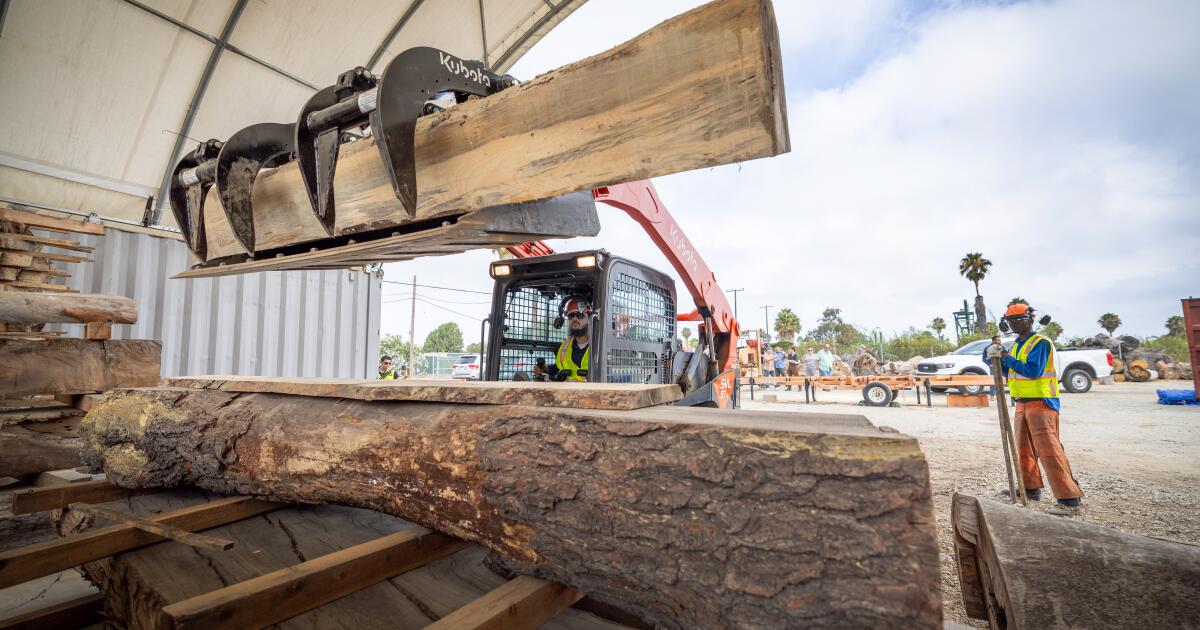Before you are a leader, success is all about growing yourself. When you become a leader, success is all about growing others.
—Jack Welch
THE ART OF LEADERSHIP
The Essence of Leadership: From Self-Growth to Nurturing Others
Leadership is a journey that transforms one's focus from personal development to the growth of those around them. Jack Welch’s insight encapsulates this transition, underscoring a fundamental shift in what defines success. Before stepping into a leadership role, success hinges on honing your skills, knowledge, and capabilities. It’s a period of self-investment, where the primary goal is to reach your full potential.
However, once you assume the mantle of leadership, the metrics of success change dramatically. Your achievements are no longer measured solely by personal milestones but by the progress and development of your team. As a leader, your role evolves into that of a mentor, facilitator, and enabler. The success of those you lead becomes the true reflection of your effectiveness.
This shift requires a deep understanding of each team member’s strengths and weaknesses, as well as a commitment to fostering an environment where they can thrive. The most successful leaders are those who prioritize the growth of others, recognizing that their legacy is built on the achievements of their team. As you lead, remember that your success is now intrinsically linked to the success of those you guide and support.
Looking ahead, effective leadership will continue to be defined by this ability to cultivate and elevate others, ensuring that the pursuit of collective success remains at the forefront of every decision. The true mark of a leader is not just in personal accolades but in the lasting impact made on the lives and careers of others.
COMMERCIAL CONSTRUCTION
MWI Pumps: A Legacy of Innovation and Excellence in Pumping Solutions
MWI Pumps: A Legacy of Innovation and Excellence in Pumping Solutions
MWI Pumps, a leading name in the design, manufacture, and sale of high-performance water pumps, continues to build on its storied history, maintaining a strong presence in the industry. The company, originally founded in 1926 as M&W Iron Works in Deerfield Beach, Florida, has evolved over nearly a century to become a trusted global provider of pumping solutions for a wide array of applications.
From its humble beginnings repairing pumps and agricultural equipment, MWI Pumps, a leading name in the design, manufacture, and sale of high-performance water pumps, continues to build on its storied history, maintaining a strong presence in the industry. MWI quickly recognized the growing demand for reliable water management systems in Florida's rapidly expanding agricultural sector. In response, the company shifted its focus to developing robust water pumps, particularly for dewatering and irrigation purposes. This strategic move positioned MWI as an industry leader, setting the stage for its long-term success.
Throughout its history, MWI Pumps has been at the forefront of technological innovation. The company's commitment to research and development has resulted in a range of patented pump designs that offer superior efficiency and reliability. Notable among these is the Hydraflo™ pump, a versatile, high-volume water pump widely used in flood control, mining, and municipal applications. This invention cemented MWI's reputation for engineering excellence and adaptability to meet diverse customer needs.
Over the decades, MWI Pumps has expanded its operations beyond the U.S., establishing a global footprint with projects and partnerships in more than 50 countries. Despite its growth, the company remains family-owned, with a deep-rooted commitment to quality and customer service. This dedication is reflected in the long-standing relationships MWI has cultivated with clients across various industries, from agriculture and construction to municipal and disaster response sectors.
As MWI Pumps looks to the future, the company is poised to continue its legacy of innovation. The ongoing focus on sustainability and environmental responsibility is driving MWI to explore new technologies and solutions that address the challenges of water scarcity and climate change. By leveraging its extensive experience and expertise, MWI is well-positioned to lead the industry in developing efficient, eco-friendly pumping solutions that meet the needs of the 21st century.
Looking ahead, MWI Pumps aims to expand its product offerings and enhance its global presence, with an emphasis on emerging markets and industries. The company is also committed to investing in its workforce, ensuring that its team remains at the cutting edge of industry advancements. As MWI continues to adapt to the evolving demands of its customers and the environment, its rich history and steadfast dedication to innovation will undoubtedly guide the company toward continued success.
For more information on MWI Pumps and its comprehensive range of pumping solutions, visit their website at MWI Pumps.
How will Sunshine 811's new initiative improve public safety during Florida's booming construction projects?
#PublicSafety #SafeDigging #FloridaConstruction— #The Dig Daily Dose (#@TheDigDailyDose)
4:18 AM • Aug 20, 2024
INFRASTRUCTURE INDUSTRY
California’s 6 Million Urban Trees: What Happens When They Die?
California is home to over 6 million urban trees, which play a vital role in city life by providing shade, improving air quality, and enhancing urban landscapes. However, when these trees die, they can become hazards, threatening infrastructure and public safety. To address this issue, organizations like the Conservation Corps of Long Beach have started repurposing the wood from dead urban trees into lumber. This initiative not only reduces waste but also contributes to sustainable building practices. Urban lumber could potentially meet 10% of the nation’s annual lumber needs, highlighting its significant value.
The Conservation Corps, in partnership with West Coast Arborists, is leading this effort, turning fallen trees into valuable products like benches, sculptures, and even materials for homes. The program also offers career opportunities for young people, especially those at risk, by providing training in wood milling and sustainable logging. However, the process is not without challenges, such as the need for costly and labor-intensive tree inventories to identify at-risk trees.
Despite these hurdles, the urban lumber movement is gaining momentum. The transformation of dead trees into usable lumber not only addresses environmental concerns but also supports local communities by creating jobs and reducing carbon emissions. As cities across the nation face similar challenges with dying urban trees, California’s approach could serve as a model for sustainable urban forestry management in the future.
Will the new federal grants effectively tackle the vast number of orphaned wells and secure lasting environmental protection?
#EnvironmentalHealth #OilAndGas #Sustainability— #The Dig Daily Dose (#@TheDigDailyDose)
4:16 AM • Aug 20, 2024
RESIDENTIAL RESEARCH
Harris to Propose Construction of 3 Million New Homes as Part of Economic Agenda
Vice President Kamala Harris is set to announce a major housing initiative as part of her broader economic plan to address the ongoing housing shortage in the United States. The plan, expected to be unveiled soon, includes a proposal to build 3 million new housing units during her first term. This initiative builds on President Joe Biden's previous commitment to construct 2 million homes.
The proposal focuses on increasing the supply of affordable housing and includes incentives for builders to prioritize homes for first-time buyers. Harris is also introducing a new tax incentive that rewards builders who cater to this demographic, although specific details are yet to be fully disclosed.
In addition to the construction plan, Harris is proposing a $40 billion fund to help local governments tackle housing undersupply issues. This fund doubles the amount previously suggested by President Biden and aims to provide communities with resources to address their unique housing challenges.
Harris also plans to offer substantial financial assistance to first-time homebuyers, particularly those who have consistently paid their rent on time. This proposal includes up to $25,000 in down-payment assistance, with enhanced support for first-generation homeowners.
The plan further includes a controversial proposal to limit rent increases by corporate landlords, which has already faced opposition from Republicans in Congress. Harris's broader economic strategy also touches on issues like food inflation, signaling a comprehensive approach to tackling affordability in the U.S.
As the housing crisis continues to be a significant concern, Harris's plan is poised to become a central topic in the upcoming political discourse, with potential implications for millions of Americans seeking affordable housing options.
How can the construction industry overcome its looming retirement crisis and attract younger talent?
#WorkforceShortage #ConstructionCareers #YouthRecruitment— #The Dig Daily Dose (#@TheDigDailyDose)
4:13 AM • Aug 20, 2024
TOOLBOX TALK
The Dangers of Fatigue on the Job Site
Introduction
Good morning, Team! Today, we're addressing a critical issue that often goes unnoticed: the dangers of fatigue on the job site. Fatigue can significantly impair your ability to work safely, increasing the risk of accidents, injuries, and even long-term health issues. Recognizing and managing fatigue is essential to maintaining a safe and productive work environment.
Understanding the Impact: The Role of Fatigue
Fatigue affects your reaction time, decision-making, and overall alertness, making it a major hazard in construction. It can lead to mistakes, accidents, and injuries, not just to yourself but also to others around you. Recognizing the signs of fatigue and taking steps to manage it can prevent accidents and keep everyone safe.
Strategies for Managing Fatigue
Prioritize Rest: Ensure you get enough sleep each night. Aim for 7-9 hours to allow your body to recover and stay alert during work hours.
Take Breaks: Regular breaks are crucial, especially during long shifts. Use break time to rest, hydrate, and recharge.
Stay Hydrated and Nourished: Proper hydration and nutrition can help keep your energy levels stable throughout the day.
Know the Signs: Be aware of signs of fatigue such as yawning, difficulty concentrating, or slower reaction times. If you notice these, it's time to take action.
Communicate: If you’re feeling fatigued, let your supervisor know. It's better to address the issue than risk an accident.
Discussion Questions
Have you or a coworker ever had a close call or accident due to fatigue? What happened?
What strategies do you use to stay alert and manage fatigue on the job?
How can we improve our work schedule or break times to reduce fatigue?
Conclusion
Fatigue is a serious safety risk that can be managed with the right strategies. By prioritizing rest, taking breaks, staying hydrated and nourished, recognizing the signs of fatigue, and communicating with your team, we can significantly reduce the risk of fatigue-related accidents. Let’s all commit to staying alert and focused to ensure a safe working environment for everyone.
Stay sharp, stay safe!







